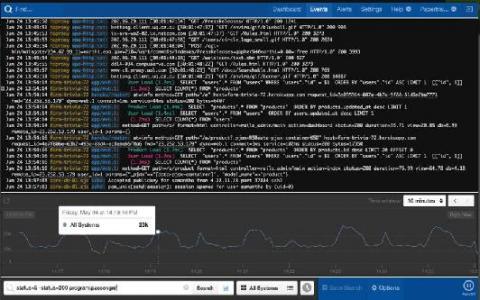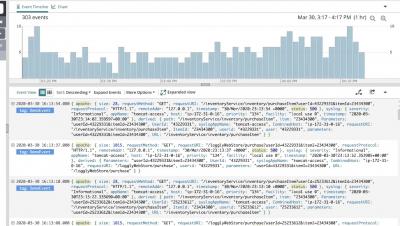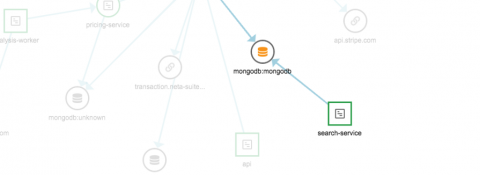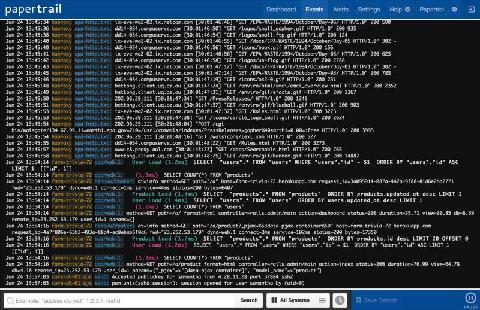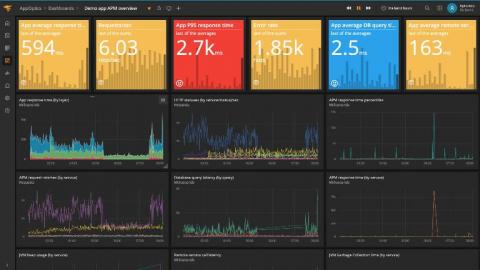The Rise of the Machines: ITOM Meets Automation
I started in the IT industry in networking. I had a negative experience in high school trying to learn computer programming*, so I was relieved route/switch had much less to do with computer programming. With the rise of the machines, this isn’t the case anymore. Now in addition to learning router or switch operating systems, routing protocols, and overlay technologies, today’s savvy network engineer needs to throw in things like Python, Ansible, and Jinja.



